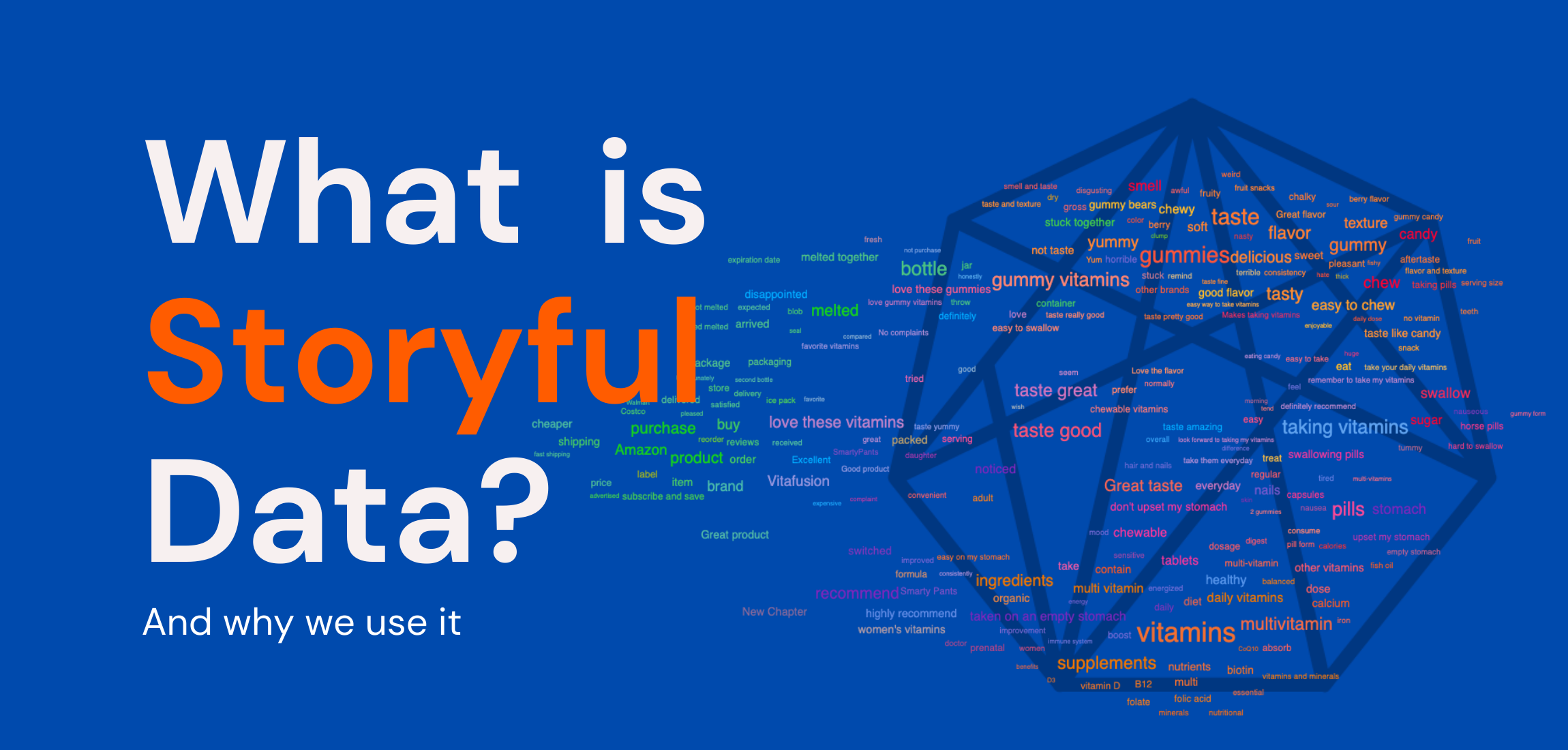Defining ‘Storyful’ Data and Its Importance
In the realm of data analysis, the term “storyful” data signifies information that goes beyond raw numbers. It captures context, sentiment, and trends, making it rich and meaningful. At Luminoso Technologies, we leverage storyful data to enhance understanding and decision-making.
What Is Storyful Data?
Simply: People share their stories all the time. Those stories can be fantastic data.
For the nerds: ‘Storyful’ data is text data that can be used to uncover insights. It involves understanding the underlying emotions, contexts, and patterns in the data. This approach contrasts with traditional data analysis, which focuses primarily on quantitative aspects.
Differentiating Storyful Data from Other Types of Text Data
Text data can be categorized into structured, unstructured, and storyful data. Understanding these distinctions highlights the unique value of storyful data.
- Structured Data:
- Characteristics: Structured data is highly organized and easily searchable in databases. It typically includes data in rows and columns, like numbers, dates, and categorical information.
- Examples: Customer databases, financial records, and inventory lists.
- Limitations: While structured data is easy to analyze using traditional methods, it often lacks context and nuance, making it less effective for understanding complex human behaviors and sentiments.
- Unstructured Data:
- Characteristics: Unstructured data is not organized in a predefined manner. It includes a vast array of content types like text, images, videos, and social media posts.
- Examples: Emails, social media comments, customer reviews, and video transcripts.
- Challenges: Analyzing unstructured data is challenging due to its complexity and lack of inherent organization. Traditional analytical tools often struggle to extract meaningful insights from this type of data.
- Storyful Data:
- Characteristics: Storyful data is a subset of unstructured data that has been enriched with context, sentiment, and trends. It transforms raw text into actionable insights by uncovering the narratives within the data.
- Examples: Sentiment analysis of customer feedback, trend identification in social media conversations, and contextual understanding of support tickets.
- Advantages: Storyful data bridges the gap between unstructured data and actionable insights. By interpreting the underlying stories, it provides deeper understanding and predictive power.
Why We Use Storyful Data
- Enhanced Understanding: Storyful data provides deeper insights into customer sentiments and behaviors, allowing businesses to respond more effectively to their needs.
- Contextual Insights: By analyzing the context in which data is generated, we can better understand trends and predict future behaviors.
- Improved Decision-Making: Storyful data supports more informed decision-making by highlighting not just what is happening, but why it is happening.
Implementing Storyful Data at Luminoso
At Luminoso, we utilize advanced natural language understanding techniques to transform raw data into storyful data. This process involves sophisticated algorithms that can interpret context, detect sentiment, and identify trends within large datasets. By doing so, we empower our clients to make more nuanced and
effective decisions, ultimately driving better business outcomes.Conclusion
Embracing storyful data allows businesses to unlock the full potential of their data. By providing richer, more actionable insights, storyful data helps organizations stay ahead in an increasingly data-driven world. At Luminoso, we are at the forefront of this transformation, helping our clients turn data into compelling stories that drive success.



























